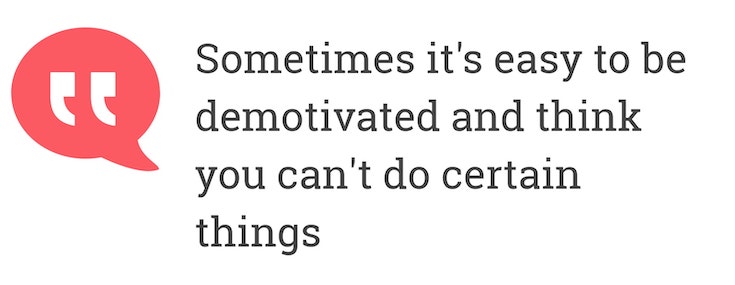In her video this month Claire re-tells the inspirational story of Kate Allatt who overcame locked-in-syndrome and the negativity of the medical staff around her to recover her communication skills and walk out of hospital.
Topics covered in this video
01.40 Nurses and doctors didn’t address her emotional needs
03.07 Finding a system for communicating
04.04 Overcoming paralysis one movement at a time
05.32 Dealing with negative feedback
09.26 Further information on Kate’s story
0.00 Introduction
Hi, welcome back to my channel.
I'm Claire for anyone who doesn't know me and if you're coming back for a second time or third time then welcome back today.
I have a really inspirational story I want to tell. It's not my story. It's actually a story from somebody called Dr. Kate Alice and she attended our University about two weeks ago and gave us a really inspirational keynote talk.
It was her inspirational story.

So I'm going to share that with you today. Hoping that it will inspire some of you out there because it really inspired me. I was inspired by what she had to say and the incredible journey that she went through.
I think sometimes it's easy to be demotivated and think you can't do certain things. But the reality is we can do whatever we put our mind to.
If you have a goal that you want to reach and even if people say you won't be able to do it just continue and try your best to be able to do it because you definitely can get to that goal if you want to.








About this contributor
Student Nurse and Vlogger
Claire is a student adult nurse from Ireland, but studies in the UK. She makes vlogs for her channel, Claire Quinn - Nursing Secrets, where she shares tips and advice from her own experience as a student nurse.
More by this contributorWant to get involved in the discussion?
Log In Subscribe to comment